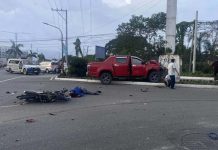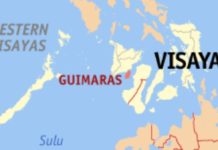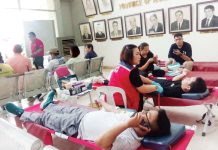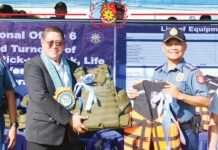
BACOLOD City – The Sugar Regulatory Administration (SRA) conducted a training workshop on red-striped soft scale insect (RSSI) management and the use of the open data kit (ODK) application on July 14 at the Capitol Social Hall here in response to the growing pest infestation threatening sugarcane fields in the region.
The workshop aimed to equip agricultural stakeholders, field officers, and crop protection personnel with knowledge and tools to effectively monitor, manage, and mitigate the impact of RSSI on sugarcane production.
The SRA presented its latest studies on the mass production of entomopathogenic fungi as a natural alternative to chemical pesticides in combating RSSI. SRA Administrator Pablo Luis Azcona revealed a promising breakthrough following the discovery of a beneficial fungus in Capiz several months ago.
“So far, the fungus aggressively attacks adult RSSI. It’s a big breakthrough. It’s natural, not chemical,” Azcona said, referring to the fungus being observed and mass-produced at the SRA-La Granja Agricultural Research and Extension Center (LGAREC).
The agency is currently studying two potential biocontrol fungi: Metarhizium anisopliae and Beauveria bassiana, both known for their ability to eliminate pests without harming the environment.
For his part, Gov. Eugenio Jose Lacson praised the SRA for taking the lead in advancing sustainable solutions for the sugar industry.
“This workshop reflects the very spirit of resilience among our farmers and communities,” Gov. Lacson said. “It responds to the urgency of the situation by proactively seeking knowledge, strengthening collaboration, and embracing innovation.”
The sessions covered proper identification, monitoring, and integrated pest management techniques for RSSI. The training also included the use of the ODK app to enhance pest monitoring and field data collection, which is crucial for real-time tracking and decision-making.
As part of its digital transformation and integrated pest management initiative, the SRA introduced Metarhizium anisopliae as a potential biological control agent against RSSI.
Data from the SRA showed that as of July 9, Negros Occidental has the largest area affected, with 2,876.28 hectares out of 2,932.13 hectares of RSSI-infested sugarcane farms in Negros and Panay islands. The infestation has impacted 1,574 farmers across 113 barangays in 21 local government units (LGUs).
Other affected areas include 3.5 hectares in Mabinay, Negros Oriental; 29.15 hectares in Anilao and Barotac Nuevo in Iloilo; and 23.20 hectares in Sigma, Panit-an, Pontevedra, and Dao in Capiz.
Meanwhile, 237.66 hectares of sugarcane farms are showing signs of recovery after farmers implemented recommended practices, including de-trashing and burning infested leaves away from the fields and immediate insecticide application.
The SRA remains committed to empowering stakeholders through science-based strategies, digital tools, and sustainable approaches to safeguard the future of the Philippine sugarcane industry./PN






